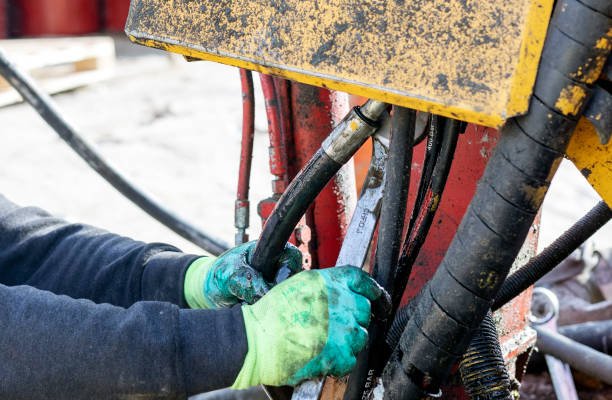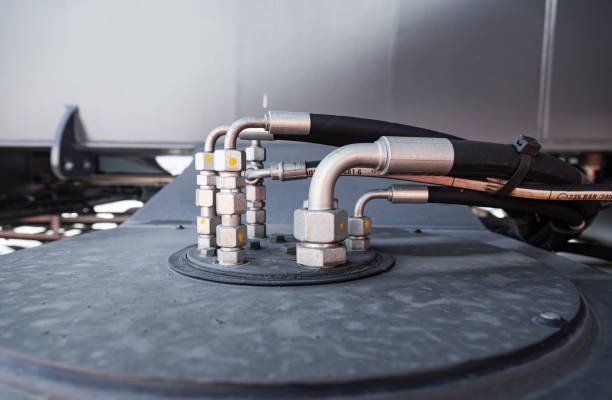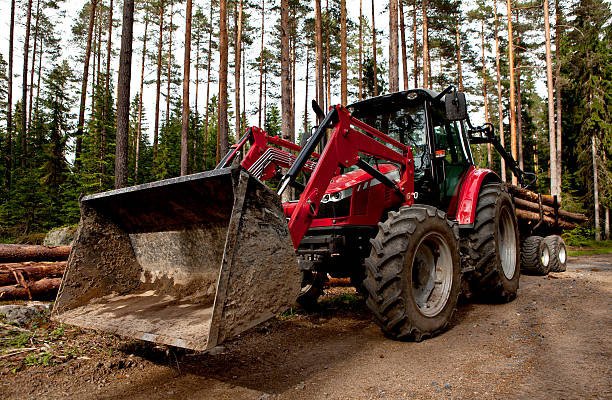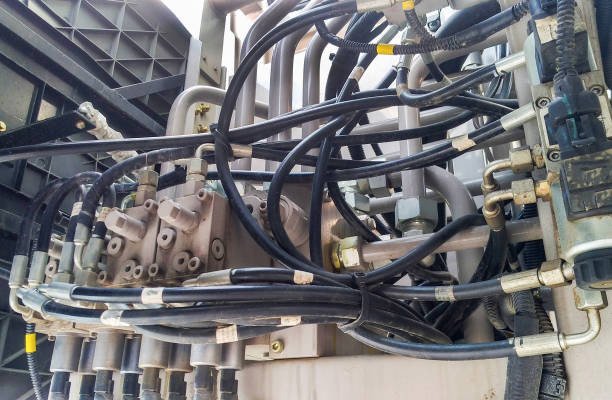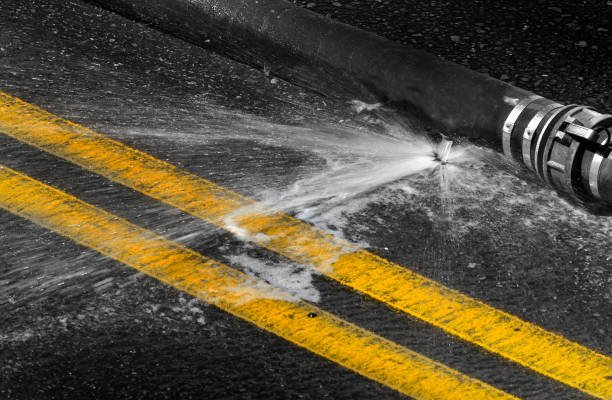Introduction
Hydraulic hoses play a critical role in various industries, including construction, manufacturing, agriculture, and automotive sectors. These hoses transport hydraulic fluids under high pressure, ensuring the seamless operation of heavy machinery and equipment. However, without proper cleaning and maintenance, hydraulic hoses can become clogged, contaminated, or worn out, leading to system failures and costly repairs.
Regular cleaning and maintenance of hydraulic hoses extend their lifespan, enhance efficiency, and prevent unexpected breakdowns. This guide explores the best hydraulic hose cleaning methods and maintenance strategies to keep your system in peak condition.
Understanding Hydraulic Hoses
What Are Hydraulic Hoses?
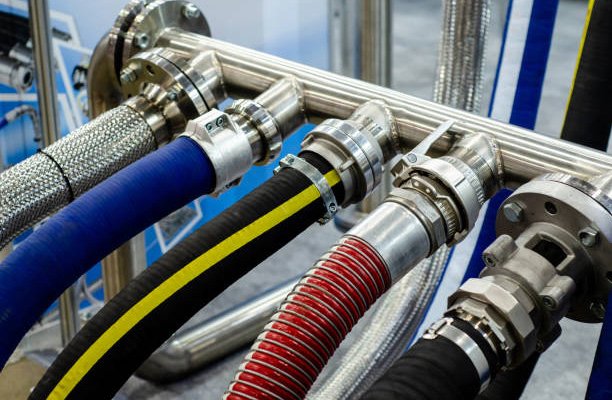
Hydraulic hoses are flexible tubes designed to carry hydraulic fluid between components in a hydraulic system. They are typically reinforced with braided or spiral layers to withstand high-pressure conditions.
Common Applications of Hydraulic Hoses
- Construction Equipment: Excavators, loaders, and bulldozers rely on hydraulic hoses for smooth operation.
- Manufacturing Machinery: Hydraulic systems power presses, injection molding machines, and assembly lines.
- Agricultural Equipment: Tractors, plows, and irrigation systems use hydraulic hoses for functionality.
- Automotive Industry: Brake and power steering systems utilize hydraulic hoses for safe performance.
Types of Hydraulic Hoses
- Rubber Hoses: Flexible and durable, suitable for high-pressure applications.
- Thermoplastic Hoses: Lightweight and resistant to abrasion and chemicals.
- Teflon Hoses: Ideal for high-temperature environments and chemical compatibility.
Why Hydraulic Hose Cleaning is Crucial
Hydraulic hose contamination is a leading cause of system failures. Cleaning these hoses is essential for several reasons:
Preventing Contamination and Blockages
Dirt, debris, and metal particles can accumulate inside hydraulic hoses, leading to blockages that restrict fluid flow. Contaminated fluid can damage pumps, valves, and other components.
Enhancing Hydraulic System Efficiency
Clean hydraulic hoses ensure optimal fluid circulation, reducing energy loss and improving overall system performance.
Avoiding Costly Downtime and Equipment Damage
A clogged or damaged hose can cause unexpected system failures, leading to costly repairs and operational delays. Routine cleaning minimizes the risk of breakdowns and extends equipment lifespan.
Hydraulic Hose Cleaning Methods
Flushing Method
Flushing involves circulating a cleaning fluid through the hose to remove debris and contaminants. This method is effective for thorough cleaning.
Steps:
- Disconnect the hose from the hydraulic system.
- Select an appropriate flushing fluid (compatible with the hydraulic system).
- Use a high-pressure pump to flush out contaminants.
- Continue flushing until the fluid runs clear.
- Dry the hose completely before reinstallation.
Foam Projectiles (Pigging)
Foam projectiles, also known as pigs, are used to clean hoses by pushing them through the tubing with air pressure.
Best Practices:
- Choose the right foam projectile size for the hose.
- Ensure sufficient air pressure to propel the projectile through the hose.
- Inspect the expelled projectile for contamination levels.
Air Blow Cleaning
Compressed air is an effective method for removing loose debris and moisture from hydraulic hoses.
Suitable Applications:
- Removing dry particles and dust.
- Cleaning hoses after flushing to ensure they are completely dry.
Precautions:
- Use filtered and dry compressed air to prevent introducing contaminants.
- Avoid excessive pressure that could damage the hose.
Chemical Cleaning
For stubborn contamination, chemical cleaning agents dissolve residues and impurities inside the hose.
Safety Measures:
- Use only manufacturer-approved chemical cleaners.
- Wear protective gear, including gloves and eye protection.
- Thoroughly rinse the hose after chemical treatment.
High-Pressure Water Cleaning
Water-based cleaning effectively removes grime and debris from hydraulic hoses.
Steps:
- Attach a high-pressure nozzle to a water source.
- Direct the water through the hose to dislodge contaminants.
- Dry the hose thoroughly using air blow cleaning or foam projectiles.
Best Practices for Hydraulic Hose Maintenance
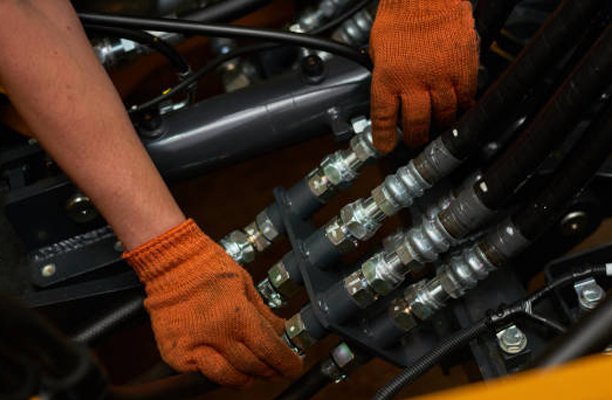
Regular Inspection and Monitoring
Regular inspection helps detect wear and tear before it leads to failures.
Key Factors to Check:
- Visible cracks, leaks, or bulges
- Stiffness or reduced flexibility
- Worn-out or corroded fittings
Recommended Inspection Frequency:
- Daily checks for high-use equipment
- Monthly inspections for low-use machinery
Proper Storage and Handling
Incorrect storage can lead to premature hose failure. Follow these best practices:
- Avoid Kinks and Twists: Store hoses in a coiled position without bending excessively.
- Ideal Storage Conditions: Keep hoses in a cool, dry place, away from direct sunlight and moisture.
- Protection from UV Exposure: Use hose covers or store hoses indoors to prevent degradation.
Replacing Hoses at the Right Time
Even with proper maintenance, hydraulic hoses have a limited lifespan.
When to Replace a Hydraulic Hose:
- If it shows visible damage or leakage
- If performance declines despite cleaning
- When it reaches the manufacturer’s recommended service life
Using a worn-out hose can compromise the entire hydraulic system, so proactive replacement is essential.
Common Mistakes to Avoid in Hydraulic Hose Maintenance
Using Incorrect Cleaning Methods
Not all cleaning methods are suitable for every hose type. Using harsh chemicals or excessive air pressure can damage hoses rather than clean them.
Ignoring Pressure Ratings
Each hydraulic hose has a specific pressure rating. Exceeding this rating can cause leaks, ruptures, or complete failure.
Reusing Damaged Hoses
Attempting to reuse a damaged or previously repaired hose increases the risk of failure. Always replace compromised hoses with new ones.
Safety Tips for Cleaning and Maintaining Hydraulic Hoses
Personal Protective Equipment (PPE)
- Wear gloves to protect hands from chemicals and debris.
- Use safety goggles to prevent fluid splashes into the eyes.
- Ensure proper ventilation when using chemical cleaners.
Handling High-Pressure Hoses Safely
- Release pressure before disconnecting a hose.
- Use clamps or holders to secure hoses during maintenance.
- Inspect fittings and connections before reinstallation.
Proper Disposal of Used Cleaning Agents
- Follow local regulations for chemical disposal.
- Never pour hydraulic fluid or cleaning chemicals into drains.
- Use designated waste containers for safe disposal.
Tools and Equipment for Effective Hose Cleaning
Essential Cleaning Tools
- High-pressure pumps
- Foam projectile launchers
- Compressed air systems
- Chemical cleaning kits
Manual vs. Automated Cleaning Methods
- Manual Cleaning: Suitable for small-scale operations with fewer hoses.
- Automated Cleaning: Ideal for industries with high hose usage, ensuring efficiency and consistency.
Industry Standards and Regulations for Hydraulic Hose Maintenance
Compliance Guidelines
- ISO and SAE standards for hose safety and performance
- Manufacturer-recommended maintenance procedures
- Environmental regulations on fluid disposal

